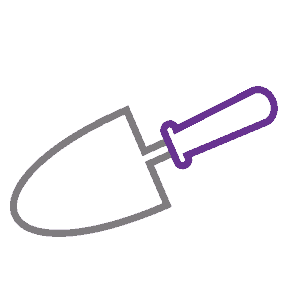GroMoreGood outdoor learning activities for kids
Ideas to keep kids learning and active all year long
Dig into our GroMoreGood activities
Spring is the perfect time to take your child’s learning outdoors and into your own backyard or garden. And now more than ever, we all could use a little fresh air and sunshine to rejuvenate our spirits.
GroMoreGood Learning Activities is a series of 72 free lessons focused on the four seasons of a garden. Each activity is fun, hands-on and perfect for getting your kids outside, exploring and learning. The activities are based on early childhood education best practices and developed in partnership with the Smithsonian Early Enrichment Center.


The GroMoreGood Learning Activities were a collaborative effort between The Scotts Miracle-Gro Foundation, The Hagedorn Family Foundation, and the Smithsonian Early Enrichment Center.
Lessons are designed for three levels. Tiny Gardeners (Infants and Toddlers), Growing Gardeners (PreK and Kindergarten), and Garden Guides (Grades 1 to 3). However, lessons can be expanded and used with any age group.
Lessons are designed around the seasons of a garden. Each season provides a different opportunity to interact with the garden.
Lessons were written by early childhood experts at the Smithsonian Early Enrichment Center (SEEC), the early childhood school located inside the Smithsonian museums in Washington, DC.
Lessons include a variety of skills––cognitive, language, affective, and social-emotional. Counting? How many of a particular plant are in this row? Categorizing? Can you sort the weeds from the seedlings? Gross and fine-motor skill-building opportunities abound.
Lessons explore a variety of content—science, technology, engineering, math, and the arts. It is possible to explore any subject in the garden from history to math to art to literature.
Each lesson includes suggestions for things to bring to the garden. The garden is certainly a destination in and of itself, but the lessons include objects that might extend the visit.
Lessons are designed around developmental expectations for children. The lessons keep in mind the developmental abilities and skills of each age group of children.
Lessons are designed with multiple outcomes. Garden classrooms provide opportunities for multiple outcomes.
Lessons include ideas for where to go after you leave the garden. The lessons are designed to help children to begin seeing the entire world as their classroom.
Lessons encourage families to find other gardens. Wouldn’t it be wonderful if kids caught the bug and started finding gardens everywhere?











